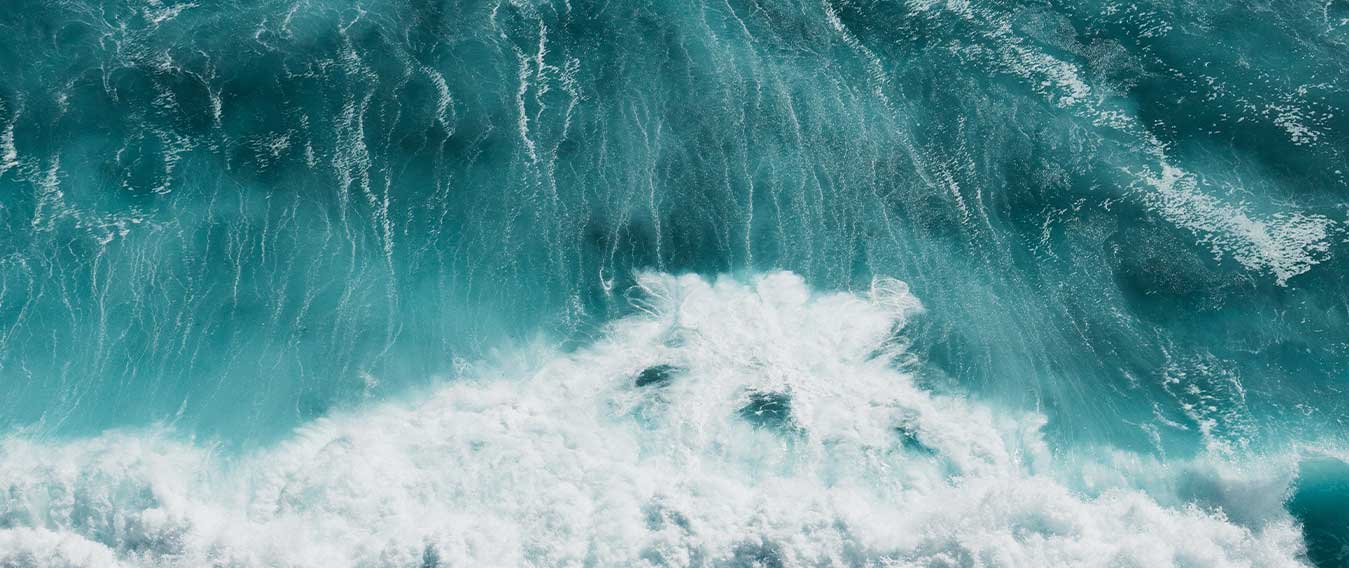ENGIE’s solution: the world's first semi-submersible floating wind farm
ENGIE has partnered with EDP Renewables, Repsol and Principle Power to develop WindFloat Atlantic, based on an innovative technology for the exploitation of wind power at depths of more than 40m. Commissioned in 2020, this offshore wind farm uses cutting-edge technology designed by Principle Power, which enables the installation of floating platforms in previously inaccessible deep water, where abundant wind resources can be harnessed. WindFloat Atlantic's three floating wind turbines of 8.4 MW each are now installed 20 kilometres off the coast of Viana do Castelo (Portugal), on floating platforms firmly anchored at a depth of 100 metres, just as boats. Since July 2020, Ocean Winds has been operating WindFloat Atlantic, which has been supplying the Portuguese electricity grid with an installed capacity of 25 MW, equivalent to the annual energy needs of 25,000 households!
Did you know?
Europe's first floating wind farm was initially tested between 2011 and 2016 off the coast of Aguçadoura (Porto area - Portugal), in a prototype version called WindFloat1, which preceded the WindFloat Atlantic project. During its first year of operation, WindFloat1 generated 75 GWh of electricity despite extreme weather conditions: the facility withstood 17 metre-high waves and winds of 110 km/h!
About WindFloat® technology
Because it can be placed in very deep waters, WindFloat® can unlock energy resources in vast areas of the sea, addressing major societal challenges, such as the clean energy transition, energy security and climate change, whilst bringing jobs, economic growth and opportunities for sustainable investment.
The advantages of this technology include aptness for dry-dock assembly and towing without the need for specialised towing craft, as well as not having to rely on complex offshore operations associated with the installation of traditional bottom-fixed structures. These factors contribute towards driving down lifecycle costs and reducing risks.
Additionally, the WindFloat® foundation can accommodate the world's largest available turbines, contributing to increasing energy production and making significant reductions in lifecycle costs.
Quote:
"Windfloat Atlantic is a relatively small project but is the materialization of a major breakthrough in the offshore renewable energy sector."
José Miguel Moreira Pinheiro, Ocean Winds Country Manager- BU Iberia and Director of the WindFloat Atlantic Project
Key figures:
- Three 100 metre-high and 164 metre rotor diameter wind turbines (the largest ever installed on a floating platform anywhere in the world)
- 8.4 MW of capacity per wind turbine
- 25 MW of green electricity produced each year
- 1st floating wind farm in continental Europe
- Helps prevent the emission of 33,000 tonnes of CO2/year

